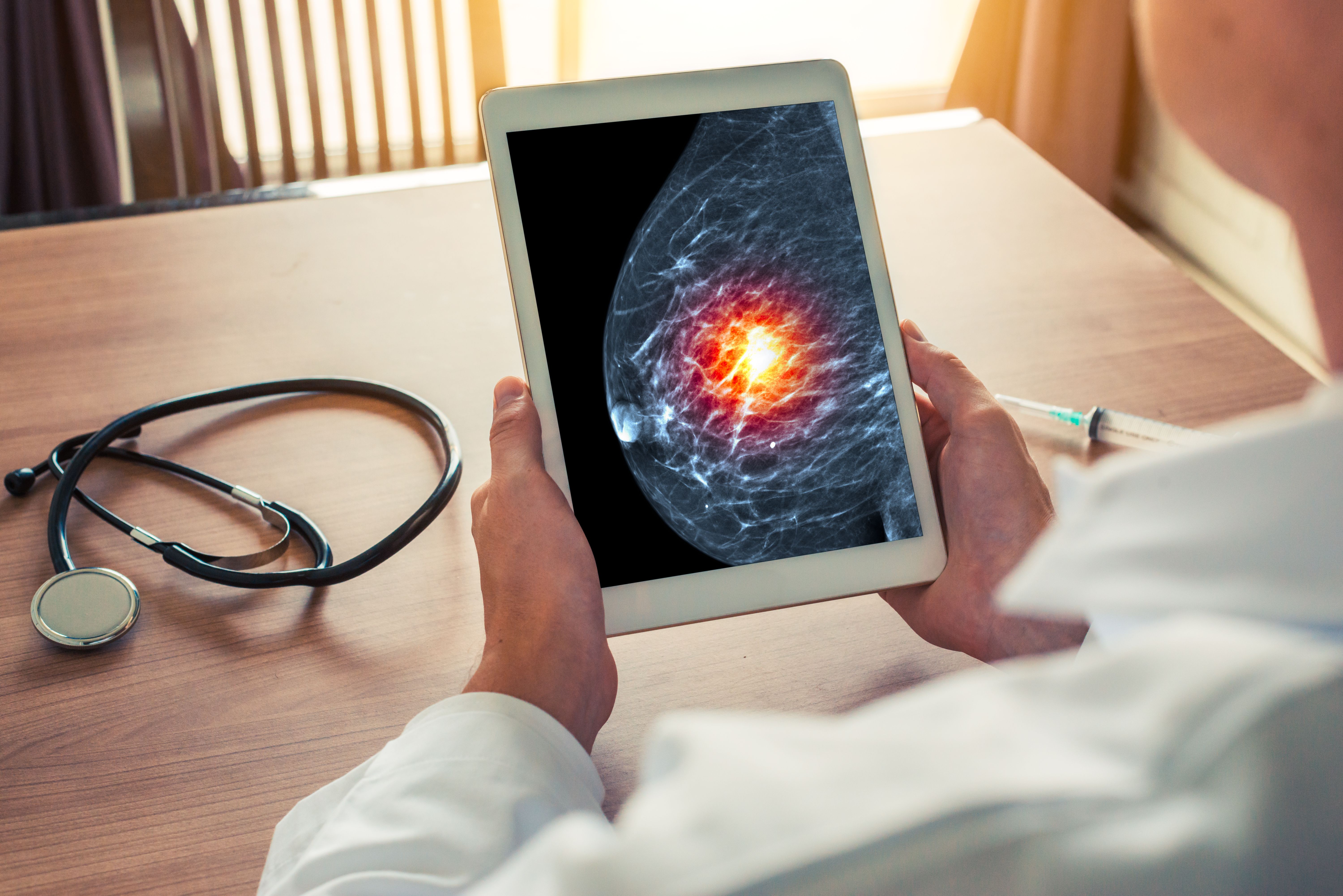Young women living in the US have an increased incidence of breast cancer and age-related crossover between non-Hispanic White and Black women.
These findings suggest a need for a targeted approach to address prevention efforts in young women and racial disparities in breast cancer incidence at different age phases.
Key Takeaways
- A JAMA Network Open study reports an increasing incidence of breast cancer among young women in the US, emphasizing the need for early risk assessment and targeted prevention efforts, particularly for non-Hispanic Black women.
- Despite a less favorable prognosis, the study notes an overall rise in invasive breast cancer incidence, mainly attributed to increasing rates of estrogen receptor– and/or progesterone receptor–positive (ER+/PR+) tumors.
- Non-Hispanic Black women show higher incidence rates in younger age groups but lower rates at ages 40-49 compared to non-Hispanic White women. Cohort and period effects highlight the complex factors influencing breast cancer incidence in younger populations.
This population-based, cross-sectional study is published in JAMA Network Open.1
“Our findings suggest that breast cancer risk assessment should start at an early age in non-Hispanic Black women to determine whether targeted screening should be recommended earlier in non-Hispanic Black women at high risk,” wrote the researchers of the study.
Young women with breast cancer have a less favorable prognosis compared with older women. However, data on recent trends and period and cohort effects among young women are not well known.
In this study, the researchers aimed to determine breast cancer incidence among young women over a 20-year period by race and ethnicity, hormone receptor (HR) status, tumor stage, and age at diagnosis, as well as how period and cohort effects may affect these trends. Data were analyzed from the Surveillance, Epidemiology, and End Results (SEER) 17 registries from 2000 to 2019 for the primary analysis.
The researchers included age-standardized incidence rates (ASIRs), incidence rate ratios (IRRs), and average annual percentage changes (AAPC) stratified by race and ethnicity, HR status, tumor stage, and age at diagnosis.
READ MORE: Navigating the Oncology Specialty Patient Journey
Women aged 20 to 49 years who had a diagnosis of primary invasive breast cancer were included in the analysis. A total of 302,216 potentially eligible female participants were identified, and 217,815 were included in the final analysis.
Of these women, 1485 (0.7%) were American Indian or Alaska Native; 25,210 (11.6%) were Asian or Pacific Islander; 27,112 (12.4%) were non-Hispanic Black; 37,048 (17%) were Hispanic; and 126,960 (58.3%) were non-Hispanic White.
Additionally, 134,024 (61.5%) of these individuals had an estrogen receptor– and/or progesterone receptor–positive (ER+/PR+) tumor, and 81,793 (37.6%) had a stage I tumor. A small proportion of individuals had missing information on HR status (18,077 [8.3%]) and tumor stage (12,832 [5.9%]).
Overall, invasive breast cancer incidence increased (AAPC, 0.79; 95% CI, 0.42-1.15), with increasing trends across almost all racial and ethnic groups. Additionally, ASIR increased for ER+/PR+ (AAPC, 2.72; 95% CI, 2.34-3.12) and ER+/PR-negative (PR–) tumors (AAPC, 1.43; 95% CI, 1.00-1.87), and decreased for ER-negative (ER–)/PR+ (AAPC, –3.25; 95% CI, –4.42 to –2.07) and ER–/PR– tumors (AAPC, –0.55; 95% CI, –1.68 to 0.60).
Non-Hispanic Black women had the highest ASIRS for women aged 20 to 29 years (IRR, 1.53; 95% CI, 1.43-1.65) and 30 to 39 years (IRR, 1.15; 95% CI, 1.12-1.18). However, ASIR was lower for non-Hispanic Black women aged 40 to 49 years (IRR, 0.96; 95% CI, 0.94-0.97) compared with non-Hispanic White women. Furthermore, incidence rates increased for stage I and IV tumors but decreased for stage II and III tumors, while age-period cohort analysis demonstrated both cohort and period effects on breast cancer incidence (P < .001).
The researchers acknowledged some limitations to the study, including missing data for unknown ER or PR status, not being able to evaluate more intricate subtypes over a 20-year period, and SEER data not providing information on risk factor data.
Despite these limitations, the researchers believe the study captures an increase in breast cancer incidence rates in the US among women aged 20 to 49 years, which they mainly attributed to increases in the incidence of ER+ tumors. Moreover, these findings observed an elevated incidence rate among young non-Hispanic Black women.
“Our findings underscore the need for further research into specific breast cancer risk factors among younger women and possible targeted breast cancer prevention strategies for at-risk groups,” wrote the researchers.
READ MORE: Oncology Resource Center
This article originally appeared on AJMC.
Reference
1. Xu S, Murtagh S, Han Y, et al. Breast cancer incidence among US women aged 20 to 49 years by race, stage, and hormone receptor status. JAMA Netw Open. 2024;7(1):e2353331. doi:10.1001/jamanetworkopen.2023.53331
